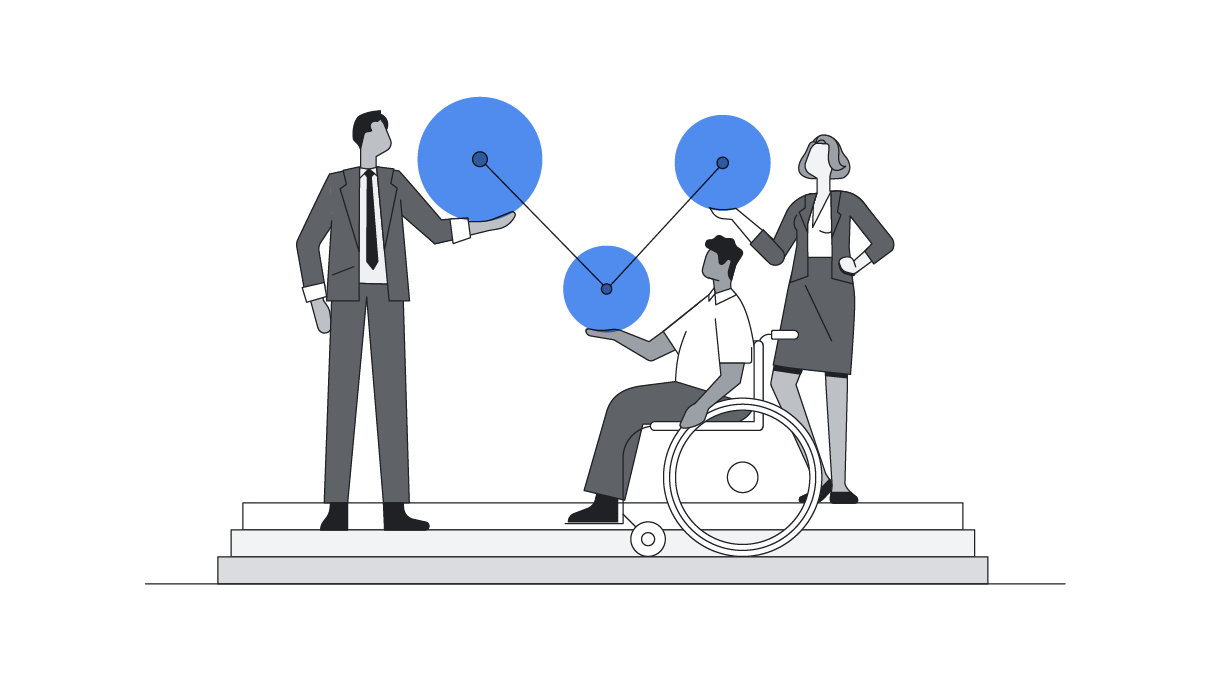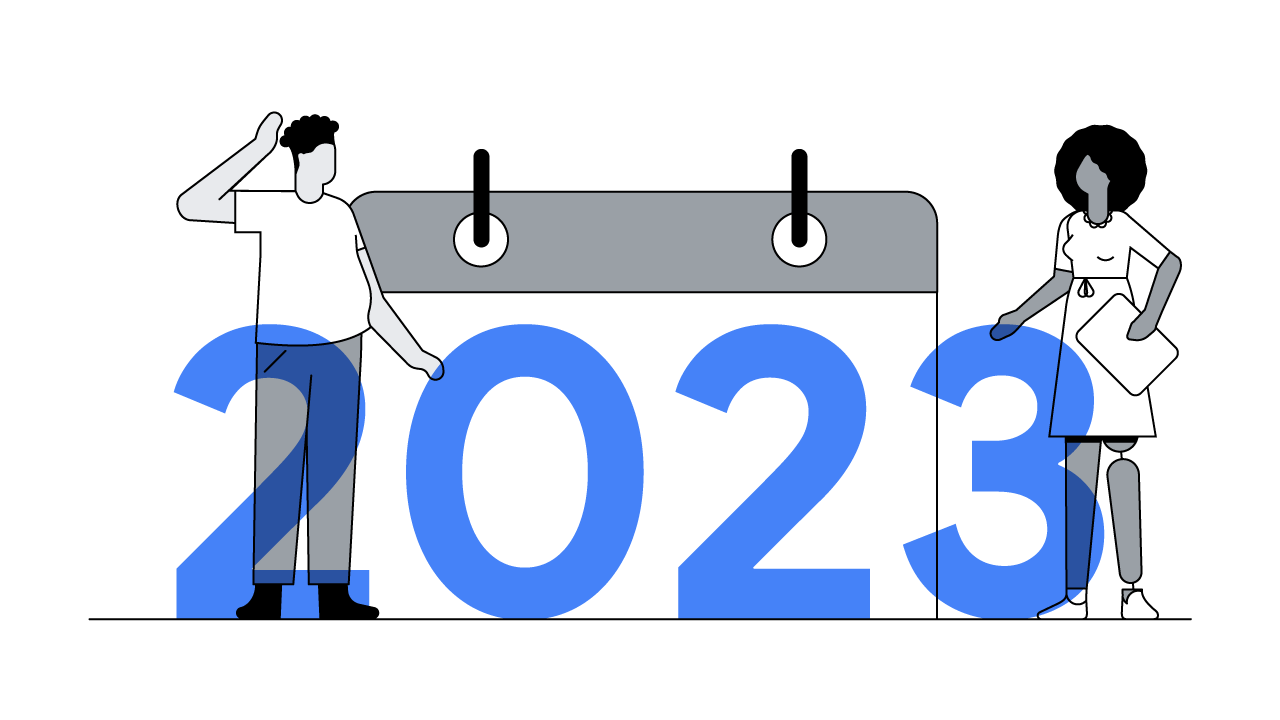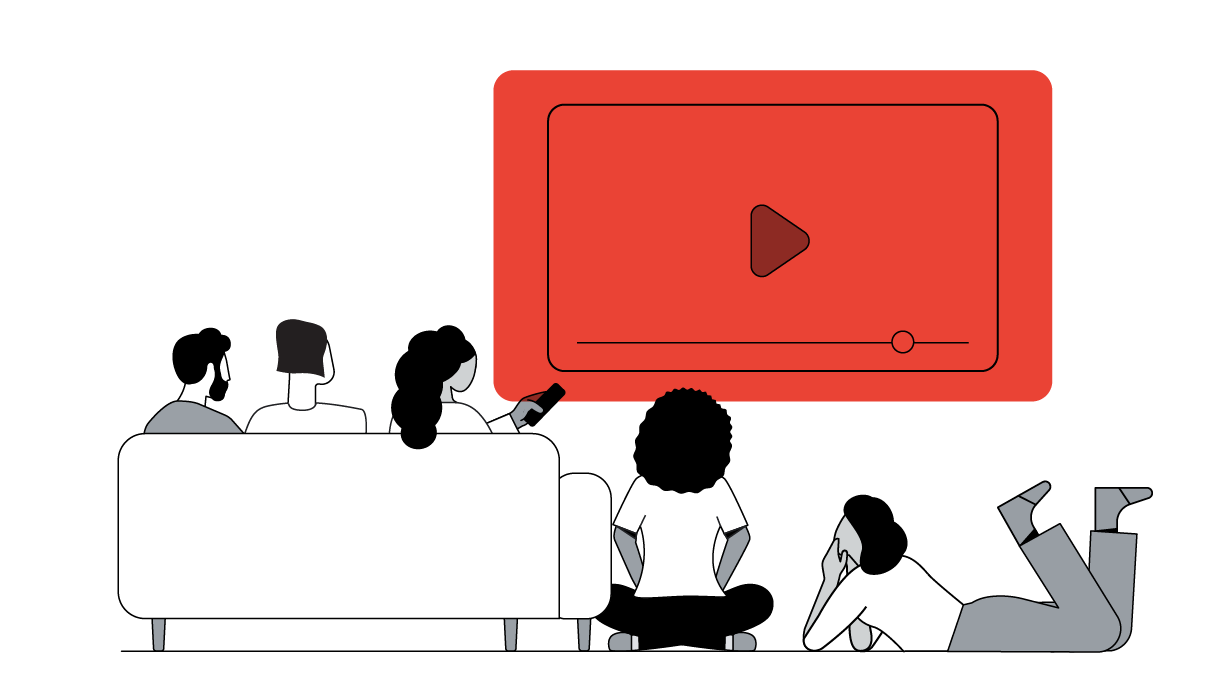Discover the latest industry predictions in our digital marketing trends for 2021.
What are the changing consumer behaviours, new technologies, and industry trends that are set to disrupt marketing in 2020? Google marketing and advertising leaders from across EMEA share their predictions to give you a competitive advantage at the start of this new decade in marketing.
1. Snackable video content

My teenager’s latest goal is to become TikTok famous. The massive growth of video-sharing apps reveals new ways consumers engage with content — and the type of content that sticks. Raw. Clever. Creative. Snackable. But what are the implications for marketers when the user attention span is becoming ever-shorter?
A way forward is to reimagine storytelling in ads — using shorter formats, as well as machine learning to serve custom variations, that invite engagement and patch together a journey of discovery. Some brands, including Lego and Nike, have already used this successfully on YouTube, and 2020 will see a wave of ads exploring this new paradigm.
2. Voice assistants

Voice assistants will become a much bigger engagement touchpoint for customers next year. At the end of 2021 there will be more than 1.6 billion people who use voice assistants on a regular basis, and their interests will not only focus on asking for time or sending an email.
As consumers we move towards a conversational economy, one in which voice assistants at home will play an important role. By responding to the emotions and needs of customers at the time of interaction, brands will be able to create more instant and effortless experiences.
3. Digital marketing transformation

Technology has changed our lives beyond recognition. What we used to expect from the most upper level services we now expect from any product or service. Digital marketing transformation is key to success today, and we expect it to become an even stronger trend in 2020.
Together with BCG, we have developed a digital maturity framework so companies can measure their current level of digital marketing maturity and put together a development plan. At the start of the year we piloted this framework with Raiffeisenbank in Russia. Elsewhere in the world, Samsonite applied it to their own model with success.
4. Inclusive marketing

Today's consumers want more than product information from brands. What they really demand is the brand's perspective on topics that matter — and how they positively contribute. In 2020, a brand's view on issues such as diversity and inclusion, climate change, and sustainability will become even more important.
For example, consumers expect to hear from diverse voices, and so we should consider identity, culture, and representation. Brands like Axe and Gillette have already contributed to a global shift in mindset.
5. Mobile customer experience

In 2020 consumers will also expect a frictionless experience on all channels, including mobile devices. However, conversion rates on mobile currently lag compared to those on desktop. Marketers that want to stay on top of the mobile trend can:
- Invest in new technologies such as AMP & PWA
- Tailor experiences to different consumer search behaviours
- Pursue advanced measurement techniques to better map the consumer journey
- Utilise automated bidding to maximise the value of campaign bids
6. Brand transparency

A majority (60%) of Generation Z — those born between 1995-2005 — say they want to change the world. And this new generation has all the tools to learn about the brands they engage with. In France, one in six people use Yuka, a barcode scanning app assessing the health benefits of products. In luxury fashion, Good On You classifies brands by their ethics.
Consumers do not care if 77% of brands disappeared. So for brands it can be a competitive differentiator in 2020 to be transparent about their role in society, and highlight where they plan to invest to become even better.
7. Personalisation at scale

We’re approaching a new era where traditional marketing is reshaped by machine learning. Marketers are getting smarter about customer experience and personalisation at scale as machine learning can help understand customer journeys to increase engagement and add value at key moments.
By responsibly using this information, it can make marketing more personal, human, and omnichannel. The ability for machine learning to understand and adapt allows for extremely individual and relevant consumer engagement. Car manufacturer Škoda, for example, has successfully used this technology to personalise their video ads at scale.
8. Visualising Search

This year marked 20 years since the invention of Google Images (thanks to Versace, JLo, and that dress that ‘broke the internet’). Consumers are increasingly relying on images when searching for answers, deciding what services or products to buy, or even when seeking inspiration. So much so, that from 2016 to 2018 “image search” grew on mobile by over 60%.
Hitting the right combination of text and images can achieve tremendous results. In 2020 we’ll continue to experiment with visualising Search to help marketers and advertisers adapt and grow their campaigns in this visual era.
9. Data-driven marketing

Marketers will turn more and more towards machine learning and automation to deliver business results. Whereas it was possible to achieve good results with rule-based marketing in the past, it is working less and less in today's times. Consumers expect messages that cater to their personal needs.
Advertisers that use machine learning to activate their own data can more precisely control bidding strategies through predictive models. This enables a focus on the most valuable conversions for a better return on advertising spend and more revenue. Advanced advertisers such as Otto and Freenet are already applying this approach successfully.
10. Creative-led campaigns

Have you seen one of the world’s first ads developed for TV? It was a repurposed radio ad. History repeats itself when we see long TV ads edited down for online video. In reality, campaigns that are creative-led have a bigger chance to make an impact.
In 2020 there will be a stronger focus on creative-first strategies based on consumer insights. This approach allows for more flexibility and better measurement — and room for creativity. It can also be adapted to show relevant ads to the right people at the right time, with opportunities for beta testing and on-the-spot measurement. For creative inspiration, have a look at Nescafé Dolce Gusto’s video campaign.







